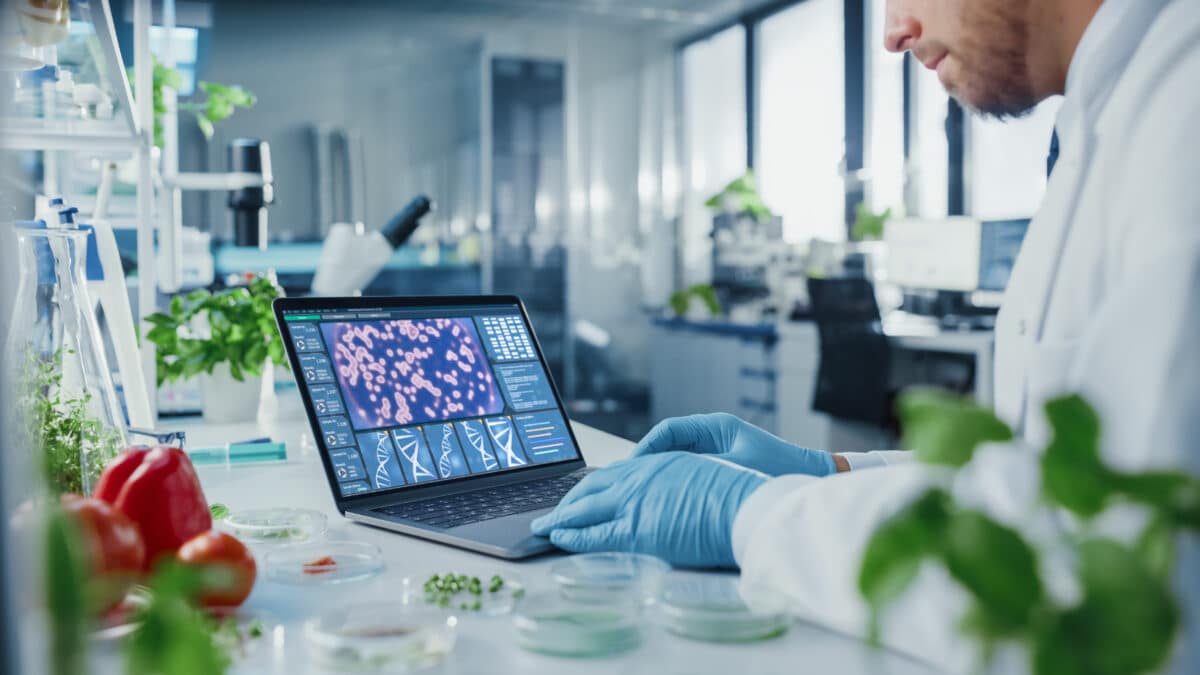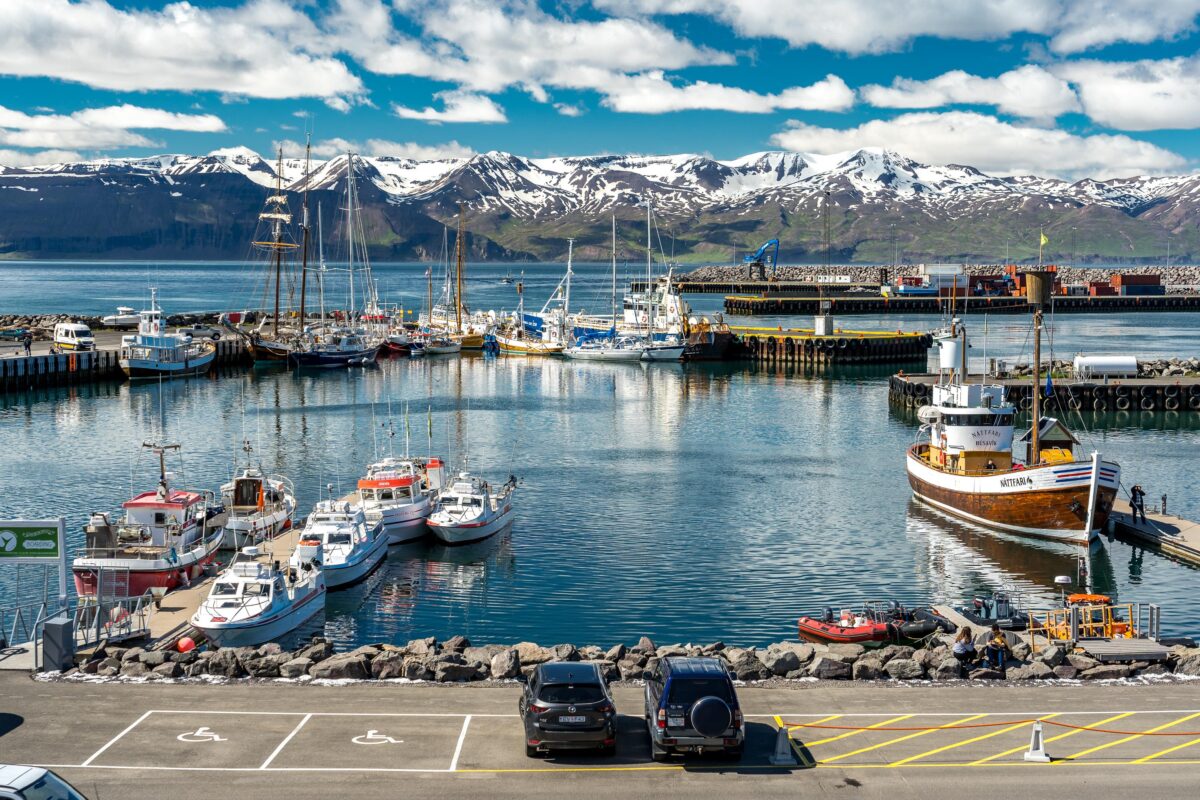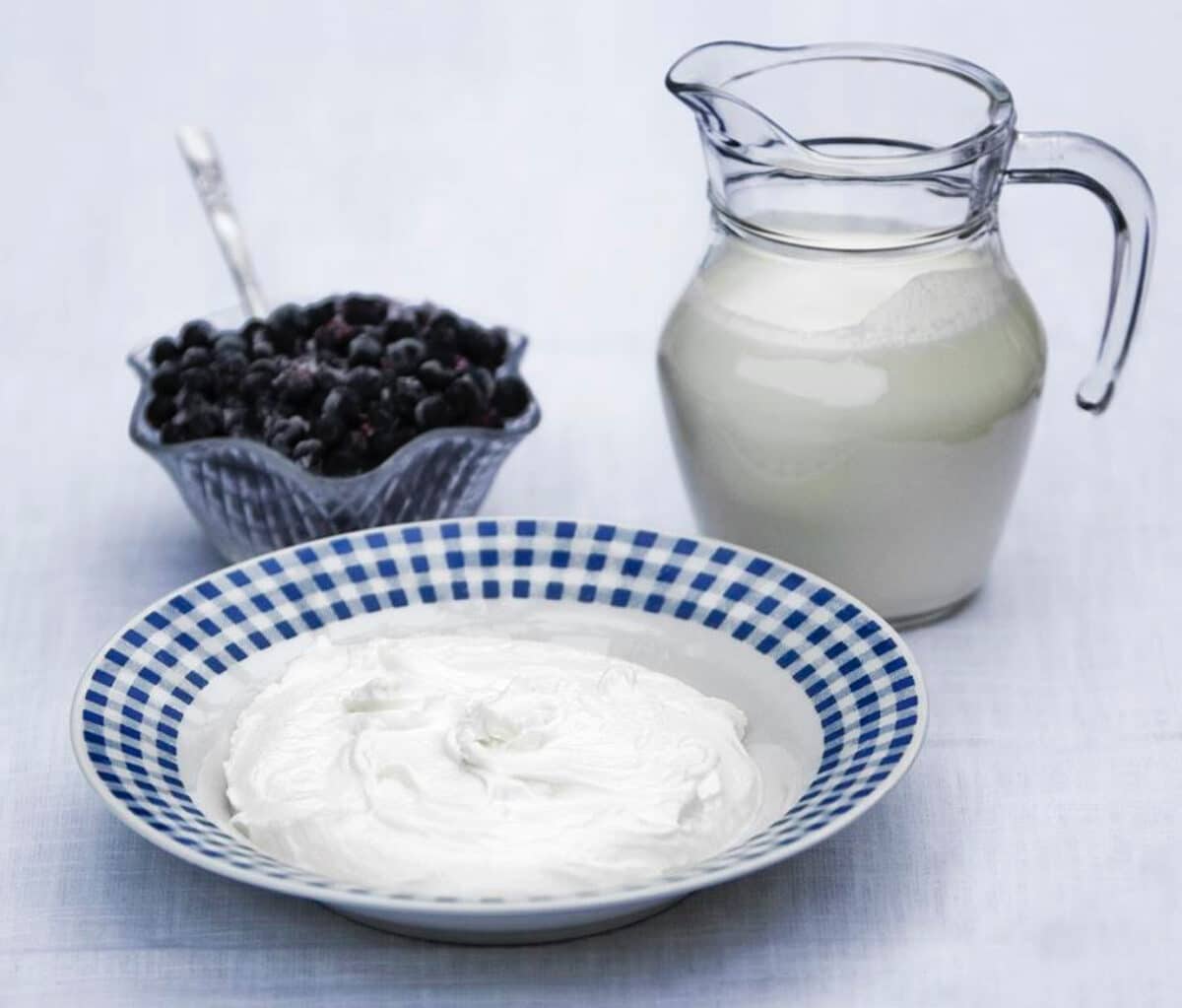Tengiliður
Kolbrún Sveinsdóttir
Verkefnastjóri
kolbrun.sveinsdottir@matis.is
Krakkar kokka er verkefni sem hefur verið í þróun hjá Matís frá 2017 sem skref í átt að sjálfbærnimarkmiðum Sameinuðu þjóðanna. Krakkar kokka var þróað út frá þeirri hugmynd að leikskólar og grunnskólar gætu nýtt verkefnið á auðveldan og áhrifaríkan hátt til kennslu um sjálfbærni og næringu matvæla í gegnum skemmtun og menntun (skemmtimennt). Verkefnið Krakkar kokka var fyrst prufukeyrt haustið 2018 í Skagafirði í Grunnskólanum austan vatna og í Varmahlíðarskóla. Árið 2020 var Krakkar kokka tengt Evrópuverkefninu WeValueFood, sem hafði það m.a. að markmiði að auka matarvitund, -áhuga og -þekkingu evrópskra barna.
Alls byrjuðu sex skólar innan og utan höfðuðborgarsvæðisins t í verkefninu í samvinnu við Matís og Menntavísindasvið Háskóla Íslands. Börn á aldrinum 11-12 ára lærðu þar um nærsamfélagsneyslu og sjálfbærni í gegnum skemmtimennt (Krakkar Kokka), sem tvinnar saman fræðslu, vettvangsferðir til hráefnaöflunar, matreiðslu og neyslu, auk heimildamynbandsgerð. Áhrif námsefnisins voru metin með spurningalista sem lagður var fyrir börnin fyrir og eftir skemmtimenntunina, og með viðtölum við kennara.
Vegna Covid-19 voru fjórir skólar af sex sem unnu verkefnið, og einungis einn skóli náði að klára innan tímaramma. Þó mátti merkja jákvæðar vísbendingar um breytingar, þar sem börnin sýndu matartengdu efni meiri áhuga eftir verkefnið, auk þess sem þau reyndu frekar að minnka matarsóun og tóku frekar eftir upplýsingum tengdum mat sem er framleiddur í nærumhverfinu. Kennarar voru almennt ánægðir með námsefnið og höfðu áhuga á að nota það áfram.
Verkefnislýsing Krakkar kokka fyrir skóla og myndbönd skólabarna frá framkvæmd verkefnisins er aðgengilegt á vefsíðu Matís: https://www.matis.is/krakkar-kokka/
WeValueFood, sem styrkt var af Evrópusambandinu í gegnum EIT Food, var tveggja ára samstarfsverkefni nokkurra evrópskra háskóla, rannsóknastofnana og nýsköpunarfyrirtækja. Auk Matís í samstarfi við Háskóla Íslands, komu að verkefninu Universidad Autónoma de Madrid (UAM-IMDEA) og IMDEA Food Institute á Spáni, EUFIC í Belgíu, Koppert í Hollandi, University of Cambridge og University of Reading í Bretlandi, University of Helsinki í Finnlandi, University of Turin á Ítalíu, University of Warsaw í Póllandi og Flatev í Sviss. Verkefninu í held var stýrt af Institute for Global Food Security, Queen’s University Belfast, Norður Írlandi.
____
Krakkar kokka (e. Kids Cuisine) is a project that has been in development at Matís since 2017 as a step towards reaching the sustainability goals of the United Nations. Krakkar kokka is designed from the viewpoint that primary schools can easily and effectively use the project in education on health, well-being and sustainability, through entertainment and education, combined in edutainment.
The first testing of the implementation of the project took place in the northern part of Iceland (Skagafjordur) during the school year 2018-2019. In autumn 2020, the project implementation was tested again, including evaluation of children´s food engagement and teacher´s feedback, as a part of the European project WeValueFood, that aimed at increasing European children’s food awareness, interest and knowledge.
A total of six schools within and outside the capital area participated in the project in collaboration with Matís and the University of Iceland’s Faculty of Education, where 11-12 year old children learned about local consumption and sustainability through edutainment (Krakkar Kokka). The concept was straight forward, combining education, field trips to gather raw material, cooking and consumption, as well as documentary filmmaking of the process. The impact of the curriculum was assessed with a questionnaire administered to children before and after the edutainment, together with interviews with teachers.
Due to Covid-19, four schools out of six completed the project, and only one school managed to finish within the time frame. However, positive signs of change could be seen, as the children showed more interest in food-related topics after the project, as well as they tried to reduce food waste and paid more attention to information related to food produced in the local environment. Teachers were generally satisfied with the learning material and were interested in continuing to use it.
Project description of the Krakkar kokka project for schools and videos of school children from the implementation of the project are available on Matís’ website: https://www.matis.is/krakkar-kokka/
WeValueFood, was supported by EU through EIT Food. It was a two year collaborative project between Matis, University of Iceland, Universidad Autónoma de Madrid (UAM-IMDEA) and IMDEA Food Institute in Spain, EUFIC í Belgium, Koppert in the Netherlands, University of Cambridge and University of Reading in England, University of Helsinki in Finland University of Turin in Italy, University of Warsaw in Poland and Flatev in Switzerland. The whole project was managed by Institute for Global Food Security, Queen’s University Belfast, North Ireland.










